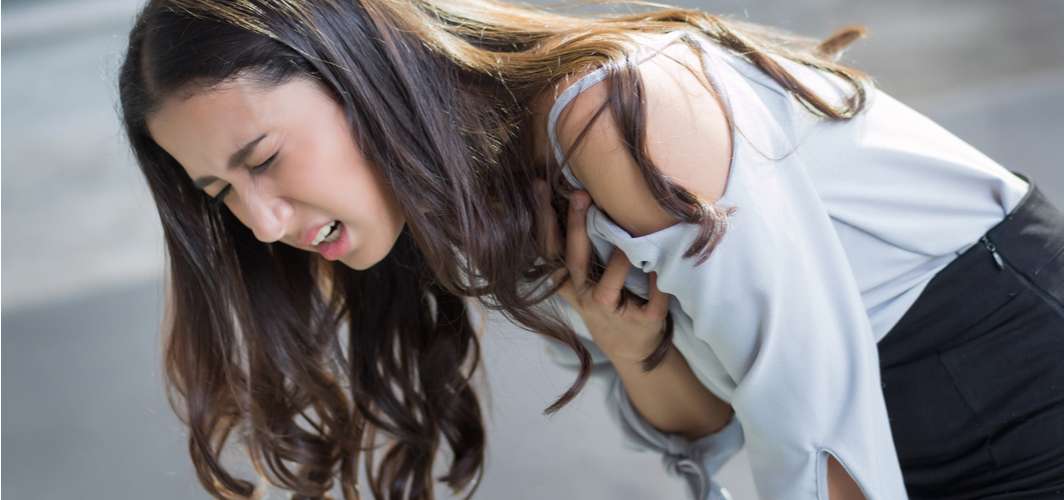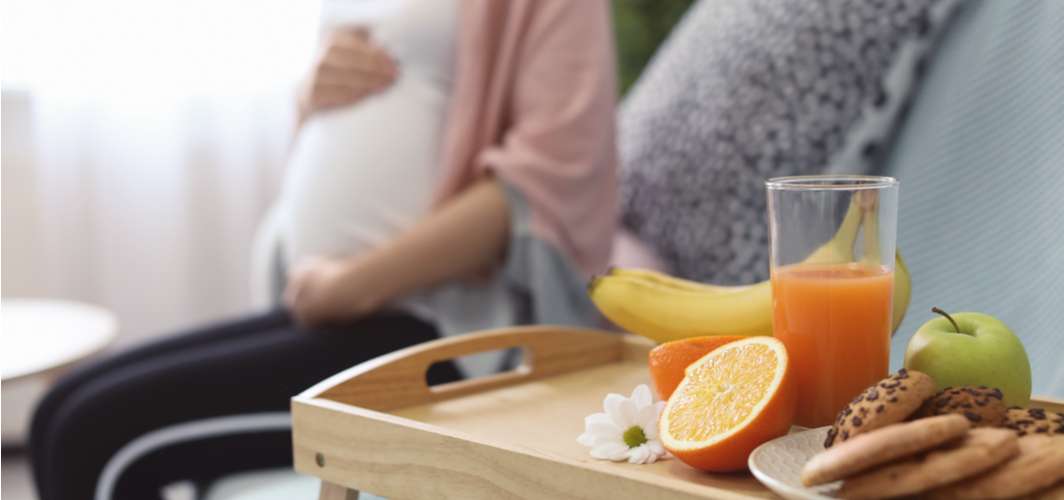Women's Wellness
Are Women at Higher Risk of Developing Rheumatoid Arthritis?
4 min read
By Apollo 24/7, Published on - 16 March 2021, Updated on - 22 May 2024
Share this article
0
0 like

Rheumatoid arthritis is a chronic autoimmune condition, which occurs when some cells of the immune system start attacking healthy joints. These cells can also damage other body systems including the skin, eyes, lungs and heart. Rheumatoid arthritis in women can occur at any age, but it is most prevalent during middle age. According to the Arthritis Foundation, the condition most commonly occurs in women between the age of 30 and 60.
Rheumatoid arthritis affects the lining of the joints, which can result in painful swelling, depletion of bone and even joint deformity. While rheumatoid arthritis can occur to anyone, 75% of affected people are women.
Who is at more risk of getting rheumatoid arthritis?
Anyone can suffer from rheumatoid arthritis, but certain people are more prone to it, and these include:
- Women are more likely to develop rheumatoid arthritis than men.
- People in middle age (between 30 to 60 years) are more prone to rheumatoid arthritis.
- People with a family history of rheumatoid arthritis have a 5% higher risk of developing the disease as compared to those without a family history.
- Cigarette smoking increases the risk of developing severe rheumatoid arthritis.
- Obese and overweight people are at higher risk of developing rheumatoid arthritis.
Why women are prone to rheumatoid arthritis
Numerous studies have shown that women are more prone to get affected by rheumatoid arthritis as compared to men. Not only that, women also tend to experience severe symptoms at a younger age. While the exact reason for this is not known, there are certain factors that influence the prevalence of such autoimmune diseases in women and these include:
- In the research published in Frontiers in Endocrinology in 2019, scientists from the University of South California stated that a woman’s body goes through several hormonal changes throughout their life, which alters both their innate (born with it) and the acquired (develop over time) immunity and reduces their immune tolerance.
- Studies have shown that the male sex hormone, testosterone, helps in reducing inflammation in the body, which is the most common symptom of autoimmune disease, while the female sex hormone, estrogen, have pro-inflammatory effects.
- The tendons (fibrous tissue that connects bone to muscle) in a woman’s body are more elastic and flexible, and are therefore more prone to injuries.
- Obesity is more commonly found in women than in men. The extra fat puts pressure on the knee joints, which erodes the cartilage and increases the risk of arthritis.
- Though both genders are at risk of getting rheumatoid arthritis if they have a family history, women are highly prone to get the disease at the same age and in the same joints as their mothers.
What are the symptoms of rheumatoid arthritis in women?
Rheumatoid arthritis can be characterised by both general and joint-related symptoms. The general symptoms of rheumatoid arthritis in women usually precede other symptoms and include:
- Sudden weight loss
- Loss of appetite
- Occasional low-grade fever
- Persistent fatigue
Joint-related and other severe symptoms of rheumatoid arthritis involve:
- Pain and tenderness in the joints that lasts for more than 30 minutes in the morning or after a long rest
- Stiffness in the joints (especially in the fingers and toes) resulting in limited joint movement
- Swelling and redness around the affected joints
- Development of firm raised lumps underneath the skin (rheumatoid nodules)
- Dry eyes, sensitive to light
- Impaired vision
- Dry mouth
- Difficulty in breathing
- Pain in the chest.
Can rheumatoid arthritis be cured?
To diagnose rheumatoid arthritis, the doctors would recommend certain blood tests such as erythrocyte sedimentation rate (ESR), C-reactive protein (CRP), rheumatoid factor test and test for anti-cyclic citrullinated peptide (anti-CCP) antibodies along with X-rays of the particular region.
Currently, there is no cure for rheumatoid arthritis, but medications, therapies and surgeries can help in overcoming the deformities. The treatment of rheumatoid arthritis involves:
- Patients are recommended to use pain-relieving medications such as ibuprofen and naproxen sodium, as advised by their physician
- Doctors prescribe Disease-modifying antirheumatic drugs (DMARDs) such as methotrexate, leflunomide, hydroxychloroquine and sulfasalazine to slow down the progression of the disease.
- Steroids such as prednisone are also prescribed to reduce inflammation and joint damage.
- Doctors also prescribe biologics such as tocilizumab, tofacitinib, baricitinib and infliximab to target the parts of the immune system that cause joint pain and tissue damage. Biologics are the drugs that replicate the naturally occurring substances in the body, such as antibodies or hormones.
- Physiotherapy is advised to improve the flexibility and mobility of the joints.
- Surgery is advised to patients who do not respond to medications and physiotherapy. Surgeries such as synovectomy (removal of the inflamed lining of the joint), tendon repair surgery, joint fusion surgery and total joint replacement surgery are performed to improve the function of joints and reduce pain.
Conclusion
It has been reported that though men get arthritis early, the severity of the disease is more in women. Women reportedly experience more pain and stiffness as compared to men. It is important to diagnose and manage rheumatoid arthritis early as soon as it starts. Early treatment would ensure no further progression of the disease and would reduce the possibility of severe damage to the joints in the future.
Talk to an orthopedician if you have any questions related to musculoskeletal health including bone/joints health.
Leave Comment
Recommended for you

Women's Wellness
Waxing Intimate Areas: Should You Even Do It?
Waxing intimate areas is a topic that is surrounded by many myths and misconceptions. In truth, waxing your intimate areas carries both risks and benefits. If you do choose to go this way, there are certain precautions you must take to minimise the risks.

Women's Wellness
Are Women at Higher Risk of Heart Disease Even at Low Blood Pressure Levels?
A recent study concluded that women could be at higher risk of developing cardiovascular diseases at systolic blood pressure lower than 120 mm Hg.

Women's Wellness
The Foods Best Avoided or Limited During Pregnancy
Some foods and beverages like unpasteurized dairy products, fish high in mercury, etc. should be avoided during pregnancy as it can have adverse effects on both the mother and baby.
Subscribe
Sign up for our free Health Library Daily Newsletter
Get doctor-approved health tips, news, and more.
Recommended for you

Women's Wellness
Waxing Intimate Areas: Should You Even Do It?
Waxing intimate areas is a topic that is surrounded by many myths and misconceptions. In truth, waxing your intimate areas carries both risks and benefits. If you do choose to go this way, there are certain precautions you must take to minimise the risks.

Women's Wellness
Are Women at Higher Risk of Heart Disease Even at Low Blood Pressure Levels?
A recent study concluded that women could be at higher risk of developing cardiovascular diseases at systolic blood pressure lower than 120 mm Hg.

Women's Wellness
The Foods Best Avoided or Limited During Pregnancy
Some foods and beverages like unpasteurized dairy products, fish high in mercury, etc. should be avoided during pregnancy as it can have adverse effects on both the mother and baby.